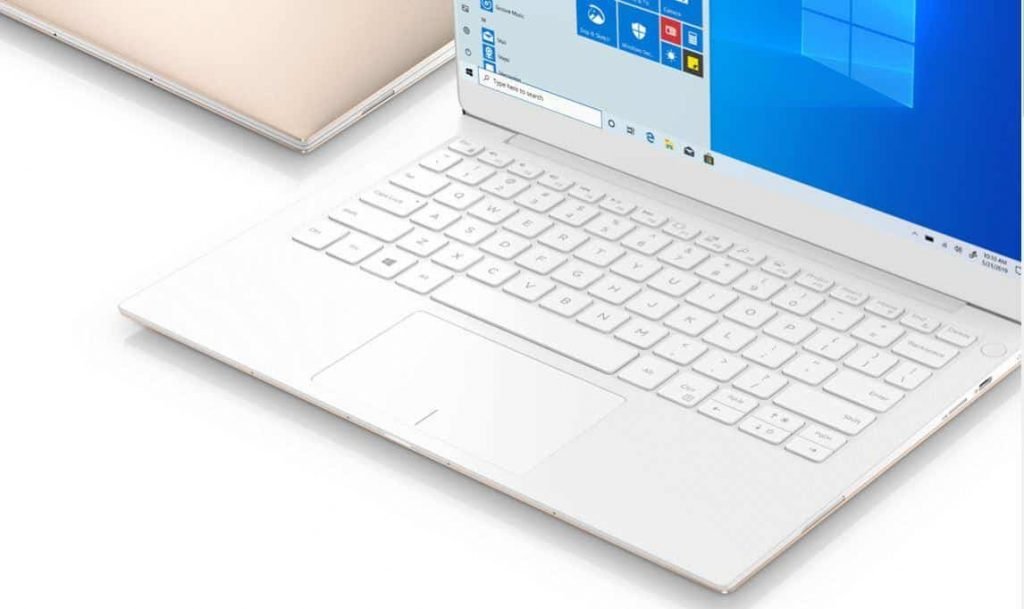The reinstallation of Windows 10 may soon become much easier. A leaked version of Windows 10 features a new Start menu design but also a cool new feature: There's a “Cloud Download” feature for reinstalling Windows.
The new feature is similar to the Internet Recovery feature on Macs. When you try to boot a Mac without functional system, it will connect to the Internet to download macOS before installing it for you. It is a function of it platformrecovery software built into Apple computers.

With this new feature, when reinstalling Windows, you will be able to select two new different functions: "Cloud Download" to download the latest operating system or "Reset Locally" to reinstall the existing Windows operating system on the device you are using. The new function He discovered WalkingCat is the first user on Twitter:
We do not yet know exactly how the new feature will work, but it looks like a very easy way to install Windows 10 without having to create an installation media (DVD or USB).
Imagine a restart of Windows, and everything else is done automatically from your internet connection: the λήψη and then the installation of the operating system.
But before we get happier, it would be good to wait for the official announcement. As always, this feature may never be released on a fixed version of Windows.
The feature leaked from a Windows 10 build that had to be released only internally the company's.
So there is a chance we will never see it again. But there is definitely the possibility to see it soon in an Insider build of the 19H2 or 20H1 versions.
________________________
- Contact lens with zoom and eye control
- BulletsPassView See passwords behind dicks
- Windows 10 1903 Cumulative Update KB4505903
- Data breach forces couple to move and change name





